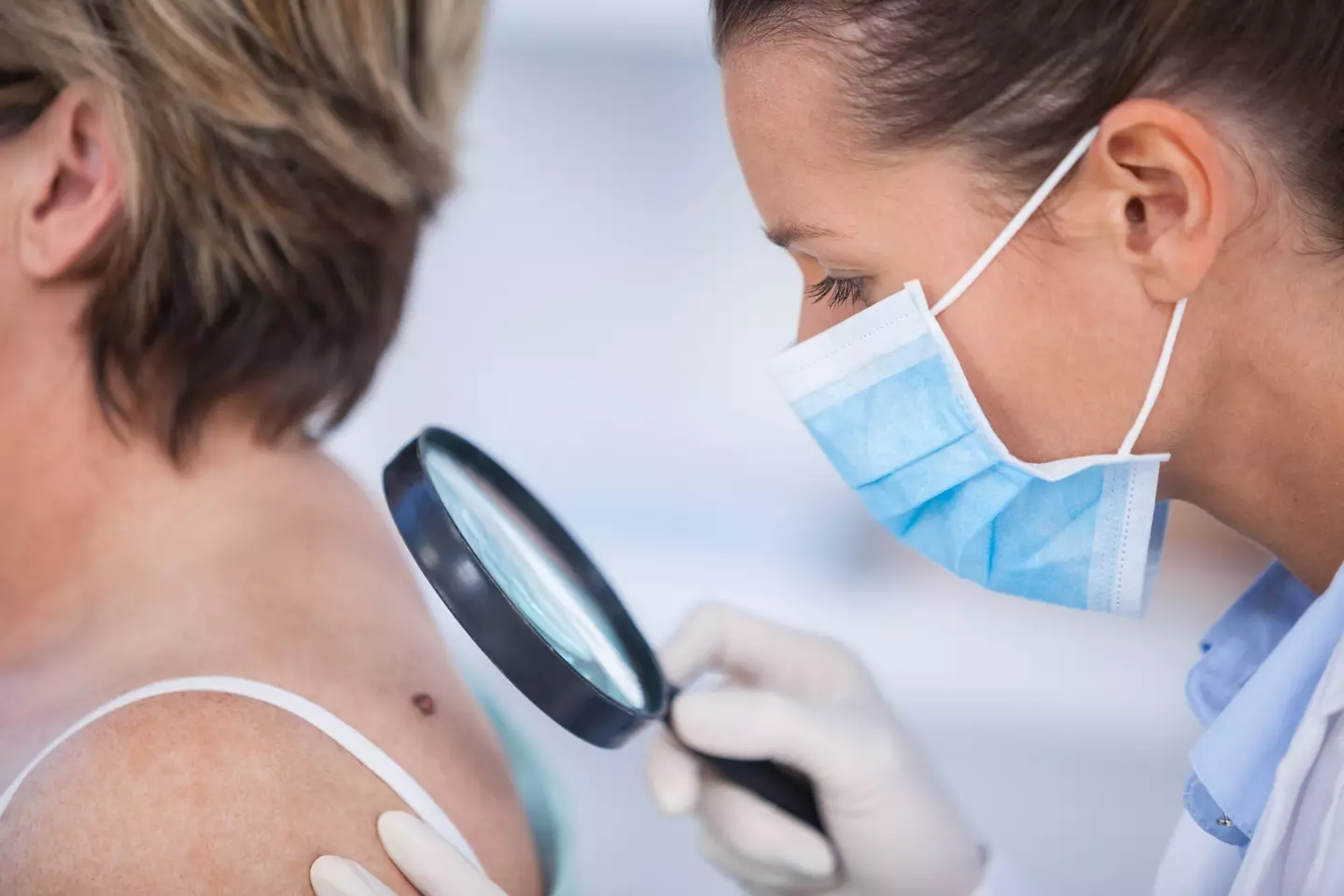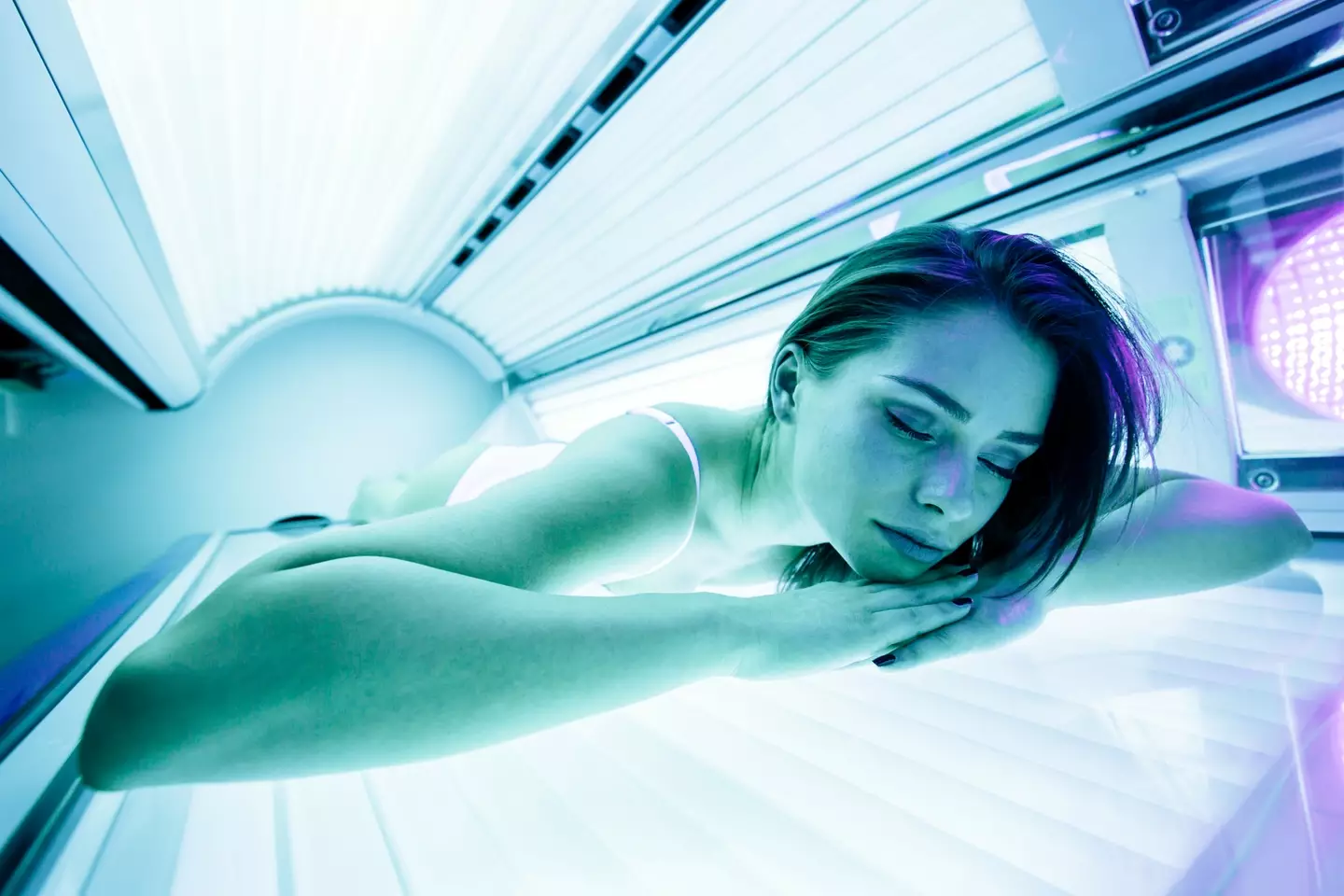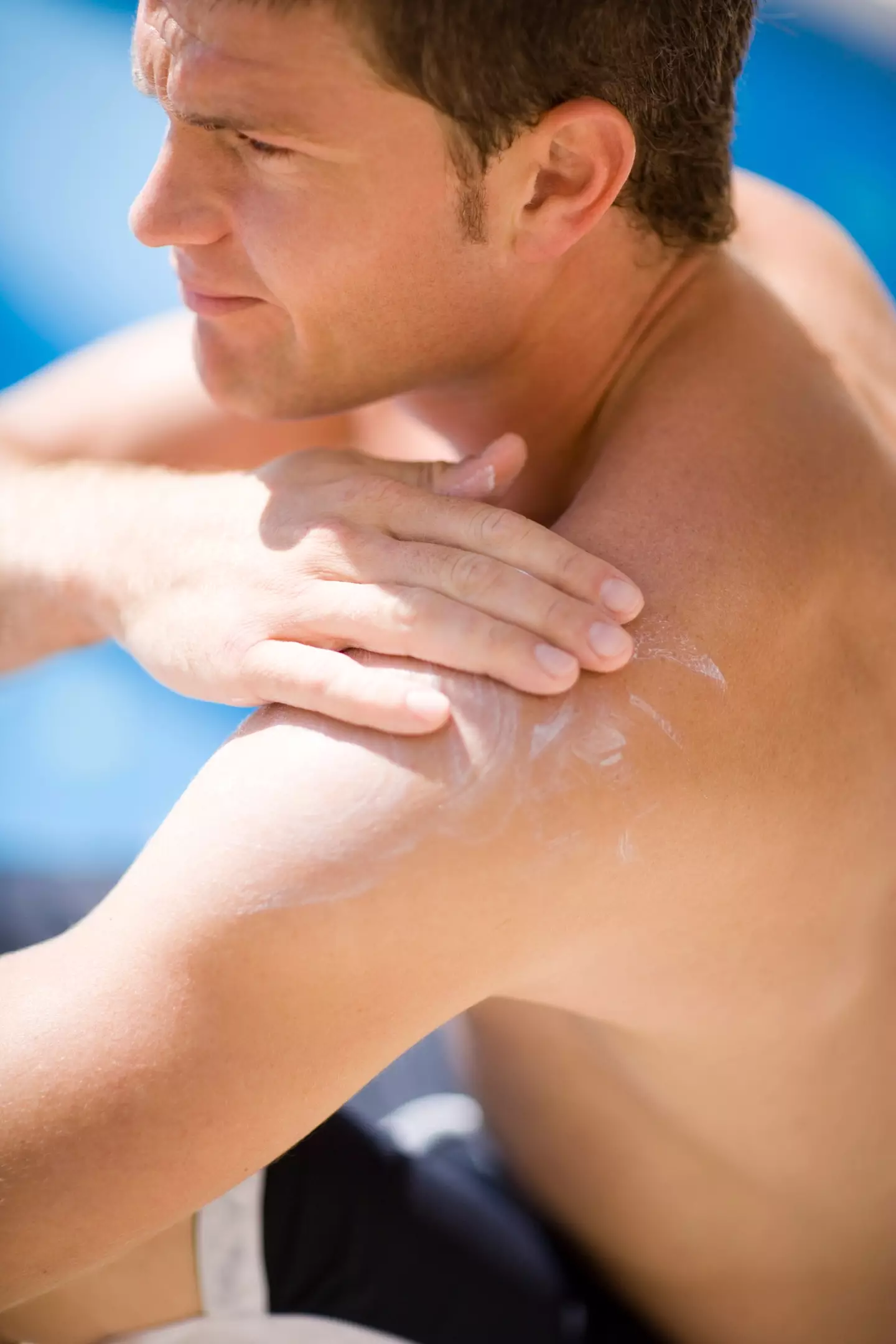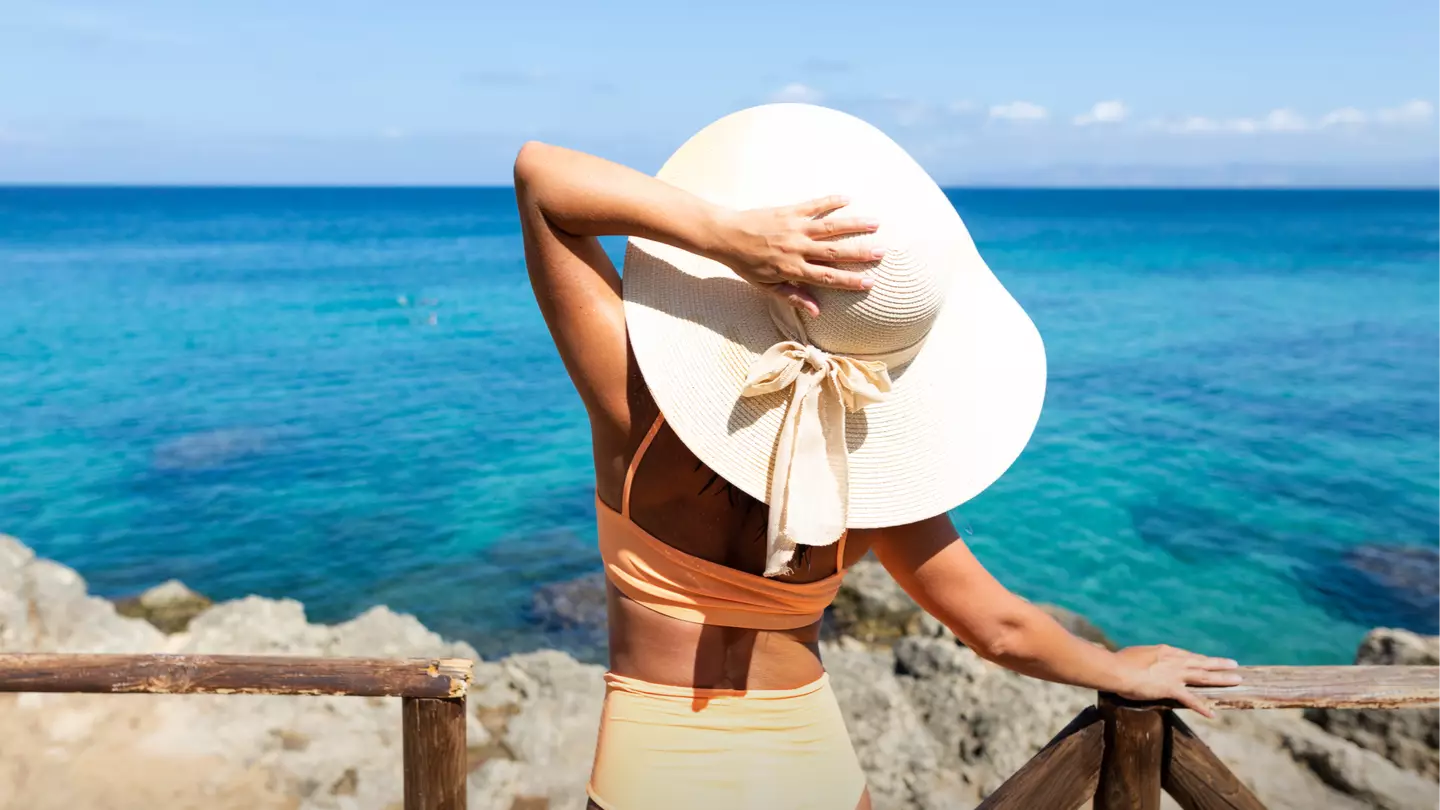Approximately 9,500 individuals in the United States receive a skin cancer diagnosis daily, but there are straightforward actions you can take to reduce your risk.
Skin cancer impacts one in five Americans over their lifetime, with melanoma being the most lethal type, despite comprising just about one percent of all cases.
Recently, an Australian physician emphasized that melanomas do not always resemble traditional moles and may instead manifest as rapidly growing, red bumps.
Dr. John O’Bryen, known as @skincaredoctor on TikTok, highlighted a case involving a four-millimeter thick lesion on a patient’s arm. Initially appearing as a simple red bump, closer examination revealed perilous white lines and unusual blood vessels.
The physician described it as the ‘worst’ variant of skin cancer he had encountered.

He diagnosed the case as nodular melanoma, a particularly hazardous type due to its rapid growth and high fatality rate.
Updating on the patient’s condition in his video caption, Dr. O’Bryen stated: “I performed an excisional biopsy of this and the patient will see a melanoma surgeon and medical oncologist.”
With the prevalence of skin cancer being so high, it’s crucial to take measures to safeguard our health.
The Skin Cancer Foundation (SCF) suggests several preventive strategies, from proper sunscreen application to regular self-examinations.
Sunburn occurs when excessive UV light damages the skin’s surface, resulting in redness, swelling, and tenderness.
Beyond discomfort or signs of severe sunburn like sun poisoning, it inflicts more profound harm on your skin.
According to the SCF, sunburn accelerates skin aging and is a primary cause of basal cell carcinoma, squamous cell carcinoma, and melanoma, the most deadly skin cancer variant.

The SCF advises against any form of tanning, especially avoiding UV tanning beds.
Whether indoors or outdoors, tanning harms your skin and heightens cancer risk. Indoor tanning beds before age 35 increase melanoma risk by 75 percent, the SCF notes.
UV radiation from sunlight or tanning beds damages skin-cell DNA. To protect itself, your body increases melanin production, leading to a tan. However, each tan accumulates damage.
Tanning hastens aging signs, such as wrinkles and age spots, and raises the likelihood of basal cell carcinoma, squamous cell carcinoma, and melanoma. Avoiding tanning is the safest option.
There are multiple ways to shield yourself from UV exposure. A significant method is staying in the shade, especially from 10 a.m. to 4 p.m., when the sun is most intense.
This advice holds true even on cloudy days, during winter, or at higher altitudes.
When outdoors, it’s advisable to wear protective clothing, including a broad-brimmed hat and UV-blocking sunglasses.
The SCF emphasizes the importance of hats, as skin cancers commonly appear on the head and neck.
Unlike sunscreen, once you put on protective clothing, you don’t need to reapply it unless it becomes wet. Wet materials offer less protection.

Use a broad-spectrum (UVA/UVB) sunscreen with a minimum SPF of 30 every day. For prolonged outdoor activities, the SCF recommends a water-resistant, broad-spectrum sunscreen with an SPF of 50 or higher.
Apply one ounce (two tablespoons) of sunscreen to your entire body 30 minutes before heading outside. Reapply every two hours or after swimming or excessive sweating.
A monthly full-body self-examination is essential. Document any suspicious changes, either by writing them down or using your phone’s camera.
Be vigilant for any unusual changes as per SCF advice:
If you notice anything out of the ordinary, schedule a visit with your dermatologist immediately.
Even without noticeable changes, an annual professional skin exam by a dermatologist is recommended.

